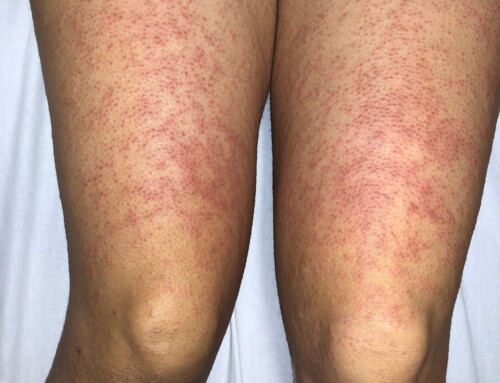Chief complaint: Abdominal pain
History of Present Illness: A 36-year-old male with a history of alcohol abuse, hypertension, hyperlipidemia, and myocardial infarction with a subsequent stent on ticagrelor and aspirin presents with abdominal pain.
He reports 3 days of epigastric and periumbilical pain and multiple episodes of non-bloody, non-bilious emesis. He denies fever, diarrhea, blood in his stool, and urinary symptoms. He endorses bruising to his bilateral flanks and multiple falls recently while drinking.






